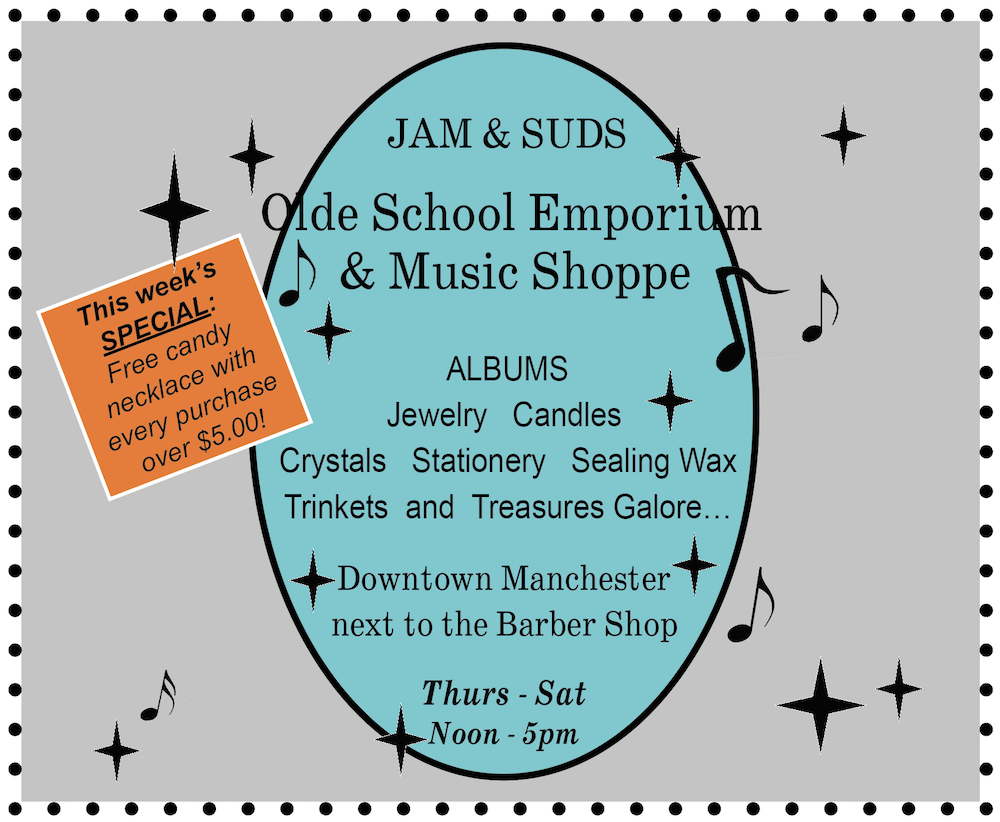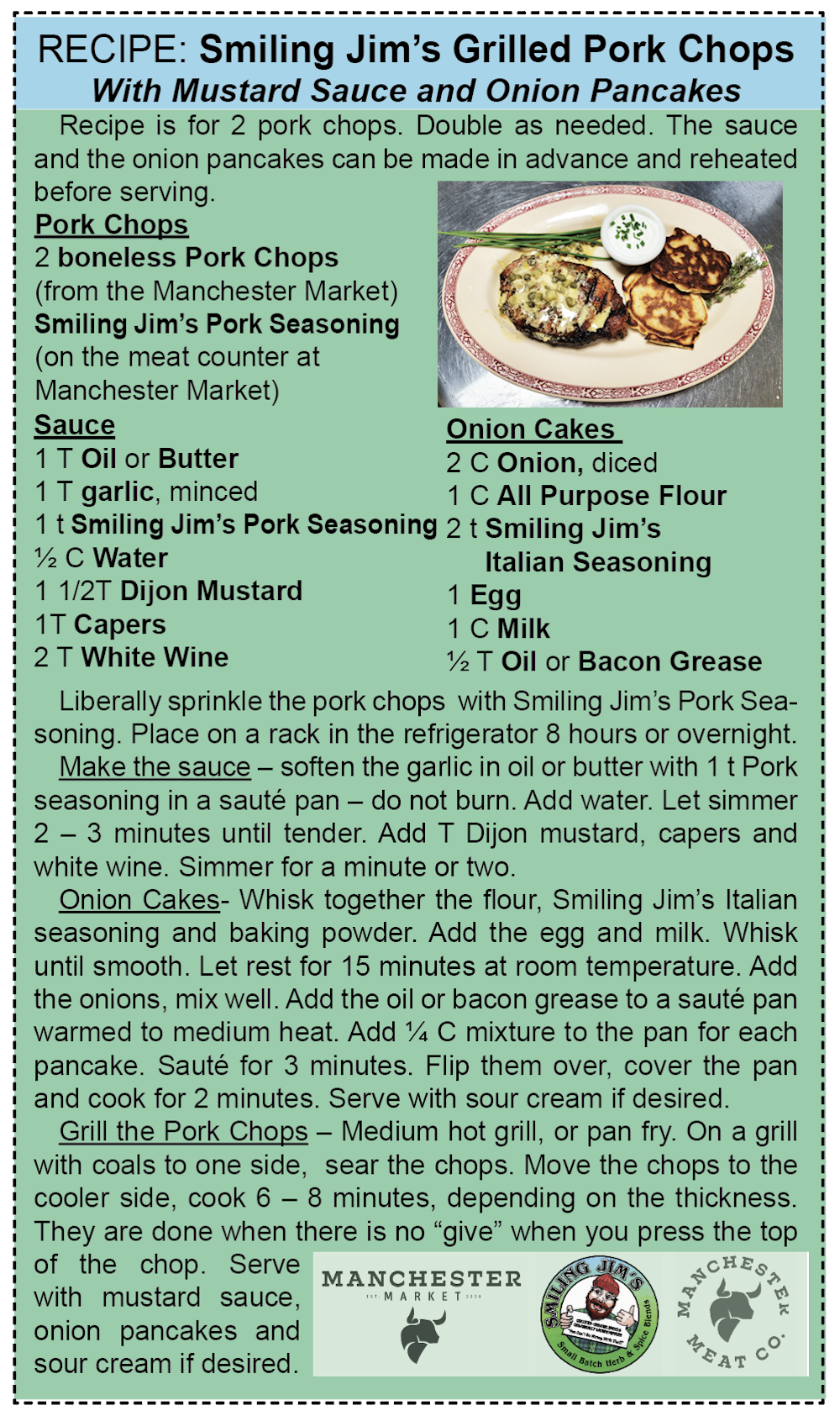Dear Womanhouse, What now?

Momstrosity by Liz Fall, an expression of the overwhelming roles of today's woman, sits in the dining room of the Art Kettle through November 16th as one of 60 pieces on display for Dear Womanhouse, What now?.
Something unique, important, and ephemeral is happening right now in Manchester. For the next few weeks, everyone has the opportunity to come explore the history that is being made. Dear Womanhouse, What now? is a two-story, whole house installation made up of 60 pieces of art by 26 female artists from southeastern Michigan. It is located at the Art Kettle at 121 West Main Street.
The exhibit, which is a response to the groundbreaking 1972 feminist art exhibit, Womanhouse, has no admission fee and will be open to the public on weekends through November 16th, on Fridays from 6 to 9 pm, Saturdays from 1 to 4 pm, and Sundays from 1 to 4 pm before being permanently dismantled. In addition, special events and performances are being scheduled during the open hours. One event coming up next Saturday, October 27th at 2 pm is the showing of Womanhouse, a 1974 documentary by Johanna Demetrakas about the original Womanhouse exhibit.

Lecture on Sunday by Dr. Ellen Schwartz at Art Kettle.
Last Sunday afternoon, the Art Kettle hosted a lecture by art historian and retired professor, Dr. Ellen Schwartz, about the original 1972 exhibit and how the current exhibit, Dear Womanhouse came to be. At least twenty people packed into the Art Kettle’s dining room to attend. More than just an expert in the field of feminist art, it was during her class at Eastern University after a discussion of the original Womanhouse last March, that the idea for this exhibit came to be. The idea for the exhibit grew out of the question, “What would Womanhouse look like today?” Her student, Laura Earle, who owns the house at 121 West Main Street, (a rental at the time) stated, “I have a house we can use; want to find out?"

Two dresses from The Gun Show by Valerie Mann, a collection of evening gowns embroidered with weapons specific to mass shootings, with matching handbags. This exhibit is upstairs which is restricted to an adult audience as the art contains mature themes.
Dr. Schwartz showed slides of rooms and pieces in the original Womanhouse, compared them to contemporary works, pieces in the current exhibit, and discussed the reactions to them both in the art world and in society. Although Dear Womanhouse asked some of the same questions that the original project asked, there were definitely differences.
She explained that the original Womanhouse artists were mostly “coddled,” young, upper-middle class, white students who were participating for college credit. In contrast, the artists involved in Dear Womanhouse are diverse in age, race, gender identity, socio-economic backgrounds and experience, and are participating voluntarily. As a result, this current investigation of the experience of being a woman is broader and includes pregnancy, children, aging, gender conformity and racism--none of which were part of the original exhibit. In addition, Dear Womanhouse engages with abuse of and violence against girls and women, which the original exhibit did not.

One of the questions the Dear Womanhouse docents have overheard is "I wonder what Manhouse would look like?" Laura Earle responded, "You can go into any art museum and find out." This small section of her work "2059 Parity" illustrates that only 5% of artwork on museum walls is by women with 5% of a chair.
Today almost nothing exists of the original Womanhouse. It was destroyed along with the house when the house was demolished at the end of the exhibition. Over the 6 weeks the exhibit was up in 1972, 10,000 people went through the house. Dr. Schwartz has been in communication with many of the original Womanhouse artists. Faith Wilding, who in 1972 crocheted a womb-like hut as well as performing “Waiting,” a contemplative piece about the role of waiting in a women’s lives, conveyed her happiness that the original artists’ vision lives on through Dear Womanhouse.

Art Kettle director Laura Earle introducing Dr. Ellen Schwartz on Sunday.
Exhibits in Dear Womanhouse, What now? include paintings, drawings, sculpture, fashion, furniture and much much more. It is one of only a handful of Womanhouse exhibits since the original, and the only one not to take place in a major metropolitan area. After the lecture, Earle was asked what the Art Kettle would do next. She answered that they’d talked about doing a Womanhouse annually, but they have no concrete plans; the idea they are working on now is an exhibit on how social codes inform our daily lives. As far as her feelings on Dear Womanhouse, What Now?, she gestured to the exhibit around her and said, “I am humbled by what you are in.”
Read more about the original 1972 Womanhouse here. Visit the Art Kettle's website here.

Her Domain: Specimens of a Life Unseen by Liz Fall is "created out of belongings out of" her "grandmother's home indicating the multifaceted aspects of her life lived in the small realm of her household".

Smashing the Patriarchy, an interactive experience in the kitchen, results in delicious stained glass cookies baked used crushed hard candies.

Anita Hill and the Senate Judiciary Committee by Pauline Parker: "The interrogation of Anita Hill in the 1991 Clarence Thomas Supreme Court Hearings exemplifies how women everywhere are treated by men in power."

Stitched House 2 by Frances S. Parry, "Discord disrupts the healing and harmony within the house-like vessel of self. Stitches reflect and repair:"

2059: Parity by Laura Earle, "2059 is the projected year women will achieve wage parity with men".

Part of a larger meditation on the discord between black and white races in America by Linda Hooper.

Letting Go (First Try) by Frances S. Parry, " Always returning to her pretty proper self' references the seemingly natural facade of holding onto an understood societal past, while longing to be a wild child in the woods, tearing her pretty lace dress."

Bra Noose by Veronica Raft hangs from the ceiling in the Gender Non-Binary Room upstairs.

Motherhood by Trisha Schultz, "honoring the anticipation of motherhood as natural beautiful."

MOMOPOLY by Laura Earle, "Have a seat and roll the dice--motherhood is full of fun and surprises!"

Inconvenient, by Laura Earle.

Euphemisms by Meagan Shein, Siobhan Arnold: "Slang terms for female genitalia are carefully arranged as still lives; by rendering these objects in careful, loving detail, we transform the meaning and take ownership of both the language and the body."








You must be logged in to post a comment Login